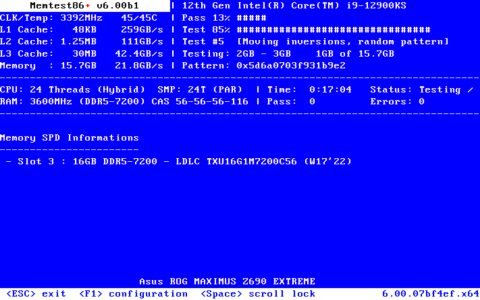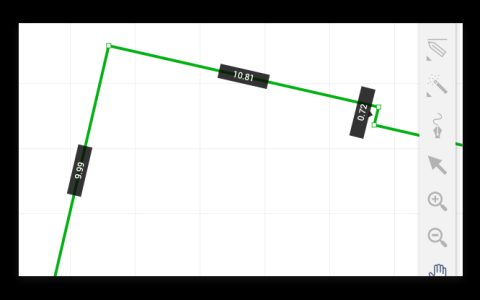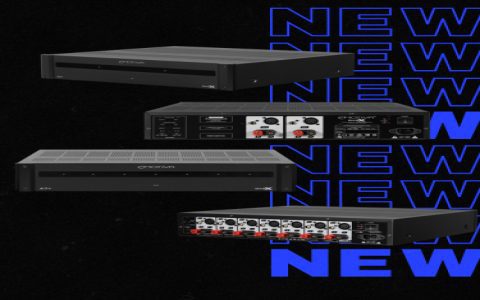For businesses and developers prioritizing low latency in Europe, Netherlands-based VPS hosting leverages excellent network infrastructure, particularly the Amsterdam Internet Exchange (AMS-IX). Selecting the best provider requires focusing on key performance metrics.
Critical Technical Aspects Defining Performance
- Network Connectivity: Prioritize providers directly connected to AMS-IX and multiple Tier-1 upstream networks (e.g., NTT, Level3, KPN). This ensures superior peering and reduced latency across Europe.
- Hardware Specs: Demand modern CPUs (Intel Xeon Scalable or AMD EPYC), exclusively NVMe SSD storage, and sufficient RAM allocation.
- Bandwidth Quality: Seek providers offering unmetered or high-volume premium bandwidth on non-congested routes. Unlimited plans often mask severe throttling.
- Infrastructure Type: High-traffic applications benefit from dedicated resources via Bare Metal servers. KVM-based VPS offers the best isolation for virtualization. Avoid oversold OpenVZ-based providers.
Essential Evaluation Criteria
- Redundancy Levels: Verify multiple redundant power feeds, network paths, and RAID-protected storage.
- DDoS Protection: Ensure network-level DDoS mitigation of at least 10Gbps capacity.
- Support Quality: Look for 24/7 support with SLA-guaranteed response times for critical issues.
VPS Configuration Recommendations
- Use LiteSpeed Web Server + LSCache over standard Apache for dynamic content.
- Implement PHP OPcache for code acceleration.
- Choose providers offering native IPv6 support.
- Opt for CentOS/AlmaLinux or Debian for stability.
Leading Dutch providers typically offer root-level access (KVM), KVM or Bare Metal options, robust API access, and hourly billing flexibility. Performance optimization starts with infrastructure fundamentals.









